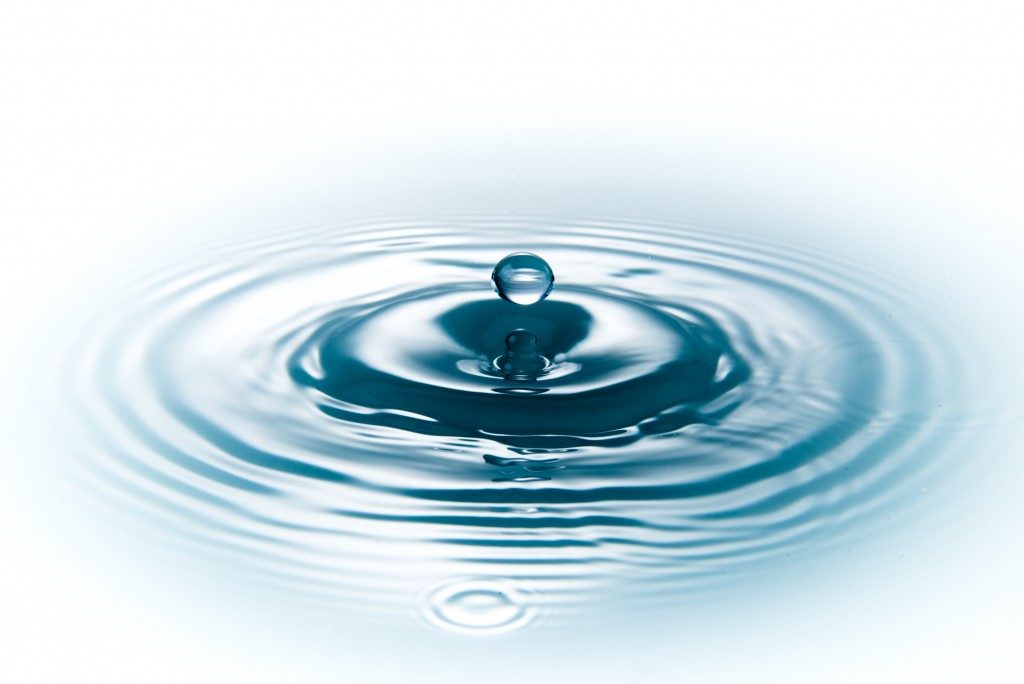The world has finally realised that clean water is a scarce resource, and the future of the planet is bleak if we don’t take serious measures to conserve water. People will yell at you louder today if you leave a tap running than they would ten years go. Businesses are being urged to leverage technologies such as industrial water purification to improve water efficiency. But If you always have clean water in your house, you might not understand what it means to say that clean water is a scarce resource. See, ocean water constitutes about 96 per cent of the planet’s water — you can’t just fetch and gulp this water due to its high salinity. More than 780 million people around the world do not have access to clean water.
How do desert nations survive?
Saudi Arabia receives an average precipitation of 59 mm per year, yet about 97 per cent of its residents have access to clean water. 50 per cent of the water comes from desalination and 40 per cent from groundwater. Other desert nations such as Israel, Kuwait, and the UAE also obtain significant percentages of their clean water from desalinating seawater. Considering that 96 per cent of the world’s water is saline, and desalination is already in use in several countries, why isn’t every non-landlocked country building desalination plants?
Desalination explained
Desalination is the process of converting seawater into clean water. There are two types of desalination: thermal and membrane. Thermal desalination is more or less the traditional approach. The desalination plant sucks water from the sea and heats it to vaporisation; the vapour is then collected and cooled to form clean water. The salt residue is thrown back into the sea. Membrane desalination applies the concept of reverse osmosis. High pressure pushes saline water through multiple membranes that filter out salt particles. Membrane desalination is more efficient than thermal, and it’s what most modern desalination plants are using.
Why desalination may not be the panacea to the world’s water problems

The high cost of desalination and environmental constraints mean that many countries may not be able to use desalination sustainably. Building a big desalination plant can cost up to $1 billion. Further, both thermal and membrane desalination plants consume a lot of energy. Gulf countries have an advantage because the cost of energy is low there, but other countries might be overwhelmed by the capital and energy costs. The salinity of oceans is constantly rising, meaning desalination energy costs will be higher in future if other factors remain the same.
The detrimental effect of desalination on ocean ecosystems raises environmental concerns. When desalination plants throw brine back into the ocean, it sinks to the seafloor and disrupts the ecosystems there. Also, sucking water from the sea can kill marine animals.
The bottom line
More and more desalination plants are expected to come up. By 2025, the UN estimates that 14 per cent of the world’s population will be using desalinated water. Ideally, desalination can supply the world with enough clean water since saline water is abundant. But that will be expensive water due to the high capital and energy costs of desalination. If the world manages to lower the costs and minimise environmental damage, desalination could be the answer to the world’s water problems.
